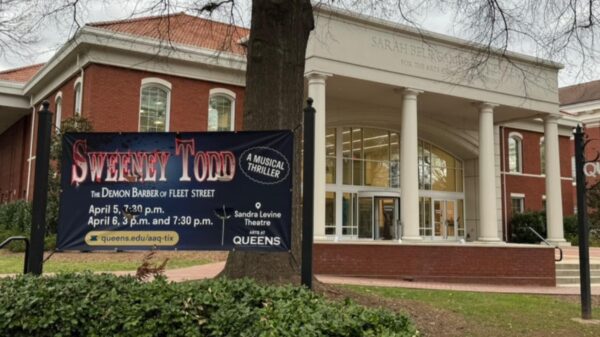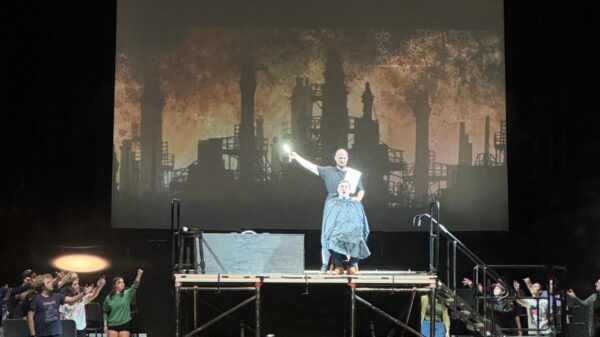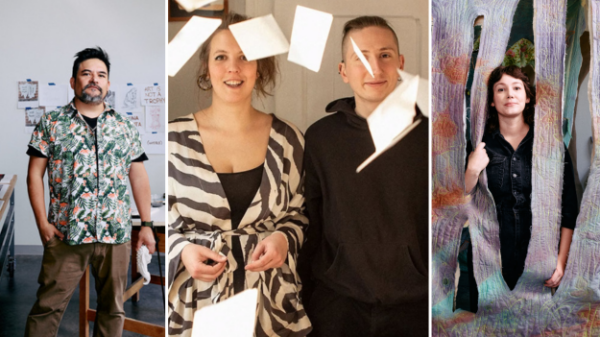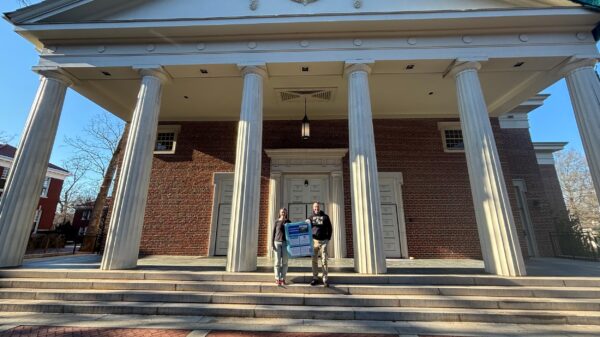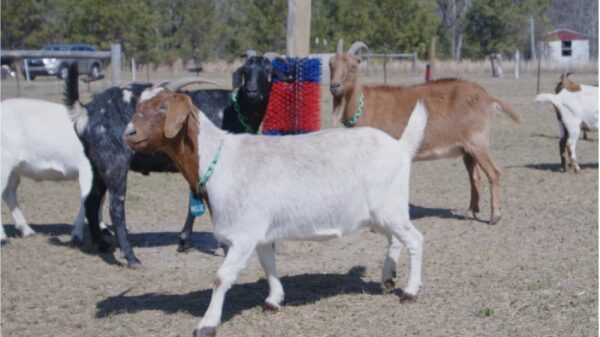In an environment marked by disappearing lakes and rising wildfires, DeLesslin George-Warren believes the people of the Catawba Nation raise an existential question: how do you create a society that lasts 6,000 years?
“What we’re doing is reclaiming, revitalizing and reweaving our culture,” said DeLesslin George-Warren, a citizen of the Catawba Nation near Rock Hill. He is an organizer, educator and researcher of the tribe who call themselves the people of the river.
The Catawba River flows through 26 counties in the Carolinas, provides drinking water for more than 2 million people and generates electricity for nearly 3 million residents, according to the Catawba Riverkeeper organization.

“Our ancestors survived here for at least 6,000 years, therefore, something had to work. You can’t survive 6,000 years on an unworkable system,” George-Warren said in a recent interview.
He’ll turn 31 in late August and has served as a diplomatic polymath for at least a decade, translating across diverse fields that include gender identity, art, music, food, language, technology and culture. In the last four years he’s led programs to strengthen the food sovereignty of the Catawba Nation and the development of an app to teach the Catawba language. George-Warren has used tours of presidential portraits in the National Portrait Gallery to teach Native American history, and once created an art installation in Washington with 15 pounds of red glitter.
“We’re in the middle of a crisis, particularly around climate,” George-Warren said. His travel and study has shown him that social issues and climate issues are intertwined.
Where Do You Change the World?

George-Warren was born in Atlanta and spent a lot of time growing up on the reservation when his mother – who helped restore the federal status of the Catawba Nation – was serving as tribal administrator. He studied music and art at Vanderbilt University, graduated in 2014, and spent a couple of years in Washington before returning to the reservation.
“I really remembered why I left Rock Hill in the first place after I moved to D.C.,” he said. “I wanted to change the world, but realized that doesn’t happen in D.C.”
He now volunteers and consults at the Catawba Cultural Center, which protects, preserves, promotes and maintains the cultural heritage of the Catawba Nation. His aunt, Wenonah Haire, the center’s director, wrote recently in an email that George-Warren has been a part of tribal work “since he was a little tot.”
The Role of a Bee
George-Warren considers himself lucky to have grown up in the tribal community, where his grandfather was assistant chief for almost 30 years.
“What I think my role is, is more of a pollinator, like a bee,” he said, “showing up and helping to solve problems.”
His aunt wrote that their ancestors lived off the land, but knew they couldn’t live without the land. They continue to practice land stewardship, crop rotation, revitalizing culturally relevant plants, and teaching gardening classes. Dance and pottery classes focus youth on environmental issues.
Clay from an Ancient Source
“Our pottery is dug from the very clay hole site our ancestors dug from, so conservation and stewardship is being taught to protect this site,” Haire wrote.
While George-Warren focuses on the Catawba community in South Carolina near the reservation, he said the rest of the Catawba population – around 3,500 citizens – is scattered around the world.
“One of the biggest places to find Catawbas other than South Carolina is Utah,” he said. “Most of the tribe are members of the Church of Jesus Christ of Latter-day Saints.”
Preserving the River
Other programs of the cultural center include preserving plant life and original aspects of the Catawba River. The Yehasuri Trail on the reservation dates back to 1810 and leads to one of the river’s only two existing free-flowing sections. Along the trail, plant communities are untouched, including oak, hickory and pine trees.
“We are looking at our past, we are looking at our present,” he said. “We are trying to weave them together into a culture that can hold us and sustain us for another 6,000 years.”
Queens University News Service
-
Sam Carnes (Author)
Sam Carnes of Apex, North Carolina, is a 2023 graduate of the James L. Knight School of Communication at Queens University of Charlotte. Sam served as managing editor of the Queens University News Service, and as a Rogers summer scholar. She was recognized for her reporting on community issues including the influence of state government politicians in university curricula, the impact of the reversal of Roe v. Wade on university campuses, and Charlotte pedestrian walkability. Her story on Charlotte 911 emergency call response times was published on the front page of The Charlotte Observer.
View all posts


